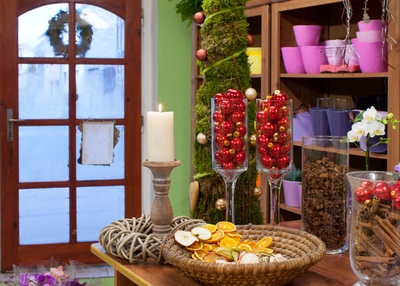It had to happen.
Brands are getting into the emoji business, big time.
These graphics, originally created to add context to text, now live by themselves. Ford promoted its latest Focus with ‘em. Unilever’s Dove just rolled out a series of curly-haired faces, customizable by skin tone and hair color. Domino’s uses its visual as a way to text an order.
Entrepreneurs are making the most of this emo-design, from a 2013 “translated” edition of Moby Dick housed in the Library of Congress (yeah, called Emoji Dick) to software that suggests emoji as you type.
What’s more, e-statistics are seductive. As is the psychology behind these hieroglyphics. Like these:
- The richer the array of emotions, the happier and healthier the users.
- People who use emoticons are more popular and influential than those who don’t.
- Children today recognize corporate logos before they can read.
Now, speaking through pictures is, in short, an almost necessary adjunct to our social media conversations. Plain language doesn’t cut it anymore.
Perhaps we need to blame Paul Rand who created a rebus of the IBM logo (think: eye-bee-M). Or networks like Facebook and Instagram that thrive on communicating in cartoons. Even Apple which, late last month, announced its first emoji with a cause – against cyber-bullying.
We have zip against winkies and smileys. Certainly, as visual communicators, we can’t complain about the explosion of new pictures. What we miss, really and truly, are the conversations between people, among groups, that rely on faces and sounds and tones and gestures to communicate.




